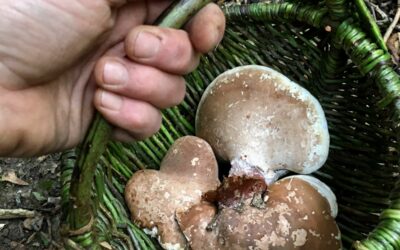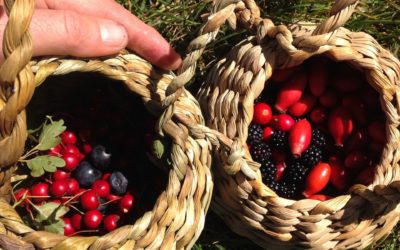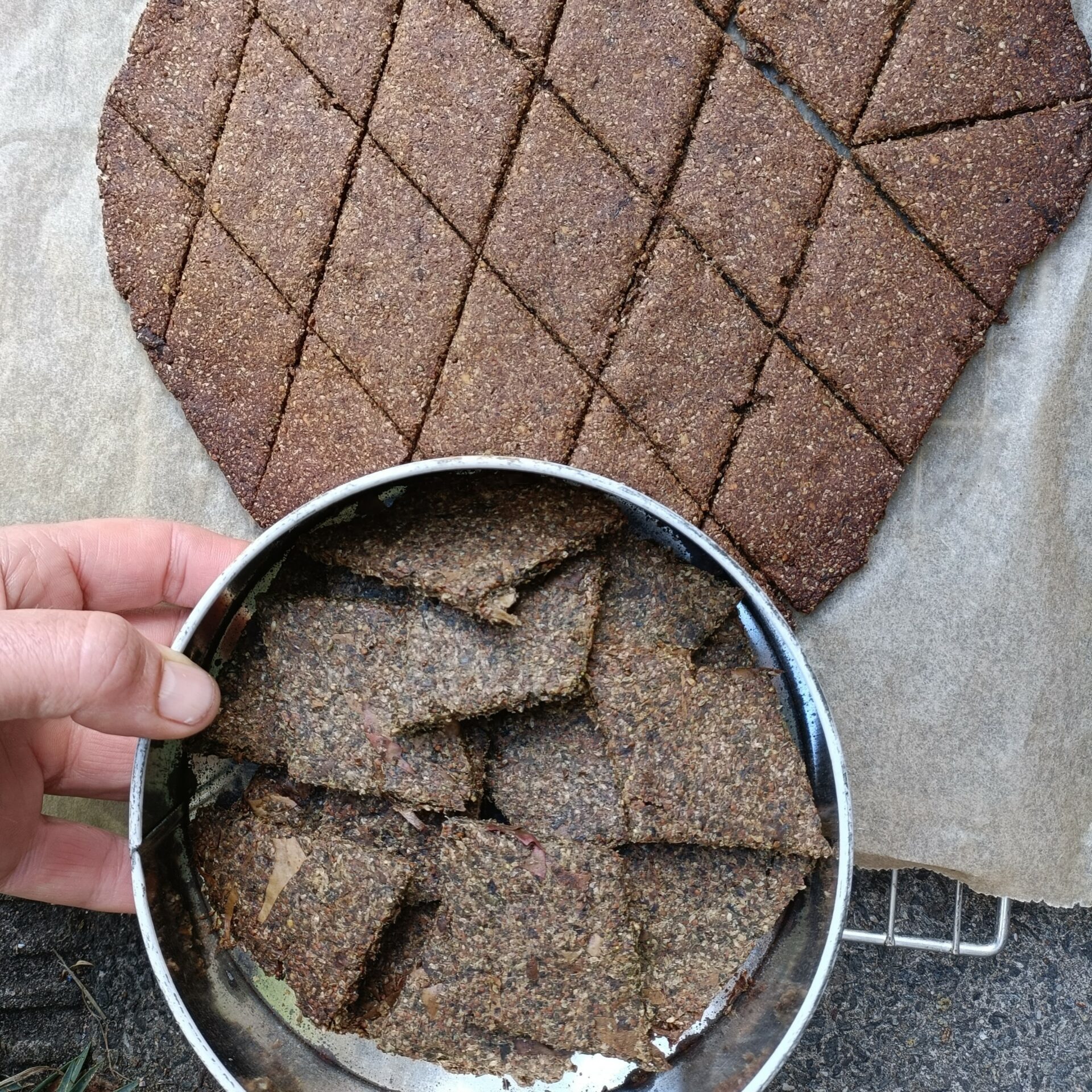
Pendulous sedge (Carex pendula), also known as weeping sedge, is native to the UK and is an ancient woodland indicator. This means that its presence in woodland, along with other indicator species, suggests that the site has been continuously wooded since the 17th century. Woodlands of this age have complex ecosystems of plants, animals and fungi.
Pendulous sedge is a tufted, grass-like, evergreen plant. As well as woodlands, it thrives in hedgerows and riverbanks on damp soils. Its dense, evergreen foliage provides valuable winter shelter for insects and its leaves are eaten by caterpillars of the Twin-barred Dwarf moth.
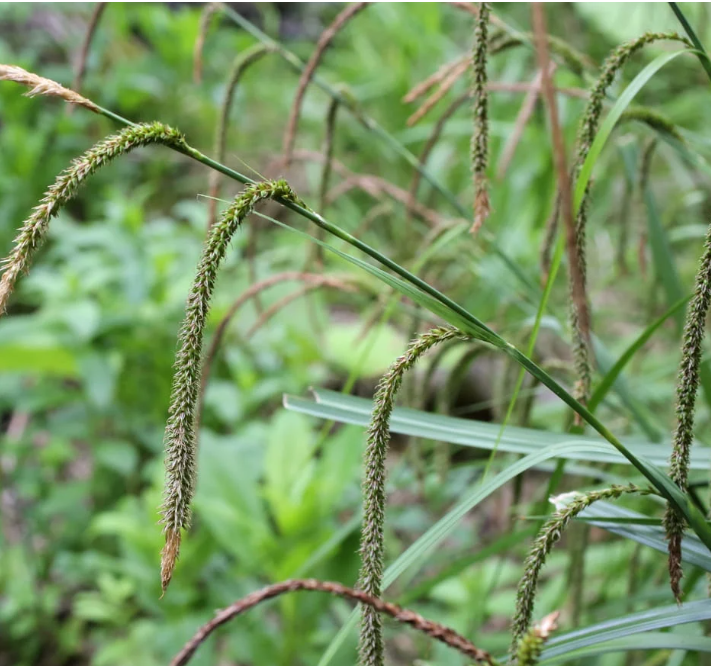
Pendulous sedge seed heads: green and therefore not yet ready to harvest.
Sedges have edges, rushes are round, grasses are hollow down to the ground
Arching flower stems appear from within the clump in May and June. These can grow up to 1.4m and they bear drooping, catkin-like spikes of yellow-brown flowers. Flower heads turn into seed heads in June and July, each with hundreds of small seeds that ripen from green to brown.
Sedges are one of the wild grains not prone to Black Ergot Fungus, and for this reason you must make sure you know you’re harvesting sedge and not another wild grain.
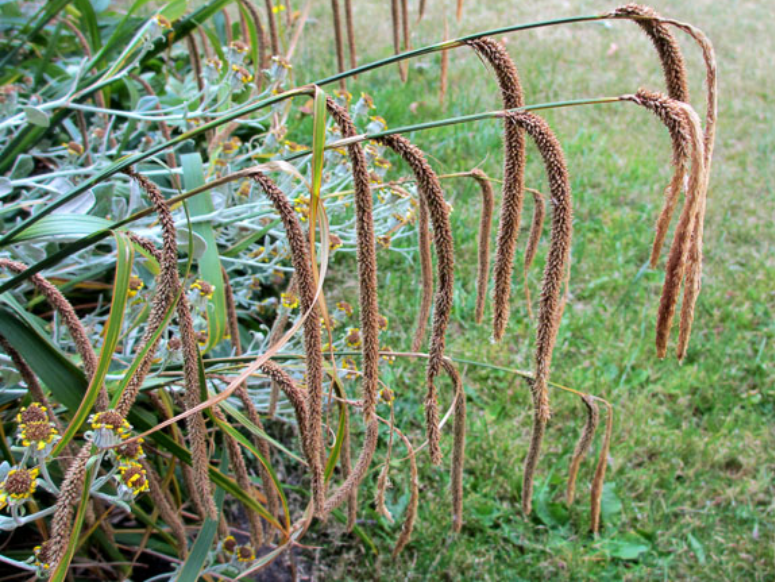
Seeds ready to harvest now that they’re brown.
How to harvest & prep
When seeds turn from green to light brown, they’re ready to harvest. Holding a large bowl just beneath the seed head, run your other hand down the fruiting body to pull the seeds away. They come away very easily.
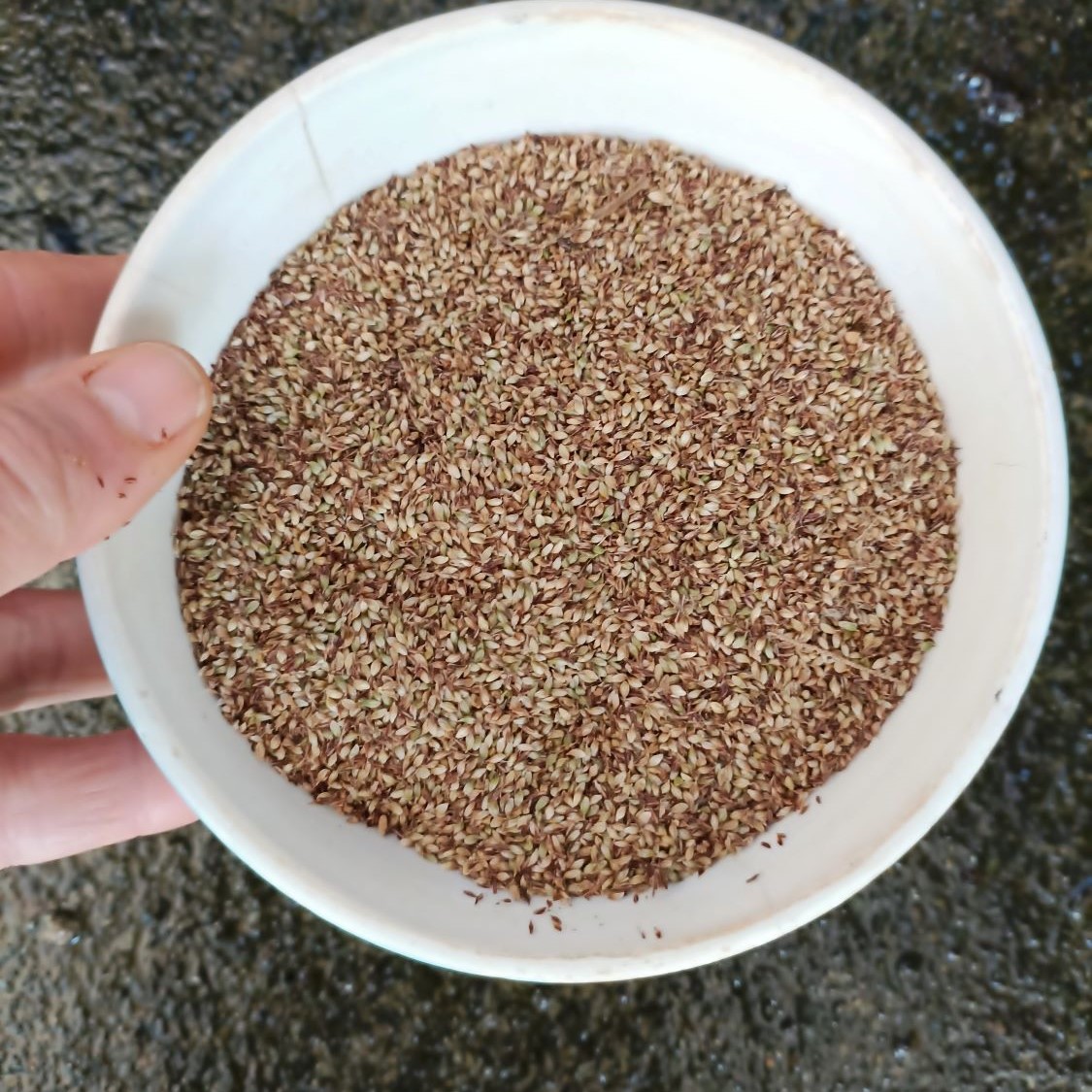
You first want to separate out the small, fibrous husks. To do this, give them a quick grind in a pestle and mortar just to help loosen the husks. Then winnow them by pouring them from one container, held slightly aloft, to another container in a very gentle breeze outside.
Then lightly toast the seeds in a dry pan over heat, just for a few minutes, taking great care not to burn them. After this grind them finely, either in a pestle and mortar or in a food processor.
Recipes
Each recipe makes approx 24 crackers.
Savoury crackers
1 cup processed sedge seeds
1 cup acorn flour
2 tbs dried nettle seeds
1 tbs dried red dulse seaweed, snipped into very small bits
1 tbs organic, food grade animal fat such as tallow, melted in a pan over gentle heat
Mix all the dry ingredients together well in a bowl. Add the melted tallow and enough warm water to bind it into a firm but moist dough. Let it sit for 15 minutes. Then roll the dough out between two sheets of baking paper, to a thickness of 2mm. If it cracks a lot when you roll it, re-mix it with a little more warm water.
Peel away the top sheet of paper, score the cracker shapes and bake for 15 mins at 180C. Leave to cool completely then break apart and store in an airtight container.
Sweet crackers
1 cup processed sedge seeds
1 cup chestnut flour
2 tbs hazelnut butter
2 tsp local honey
2 strips of fruit leather (I used apple), snipped into tiny bits
Mix all the above together well in a bowl and add enough warm water to bind into a firm but moist dough. Let it sit for 15 minutes. Then roll the dough out between two sheets of baking paper, to a thickness of 2mm. If it cracks a lot when you roll it, re-mix it with a little more warm water.
Peel away the top sheet of paper, score the cracker shapes and bake for 15 mins at 180C. Leave to cool completely then break apart and store in an airtight container.
You can tweak the quantities of the recipes above to suit your taste.
Other wild seeds / flours that could work well in the recipes are roasted Linden tree seeds (green but very firm), broad leaved plantain seeds, dock seed flour.
Weave a foraging basket on a course with me, from foraged wild plants, in beautiful Sussex woodland.
